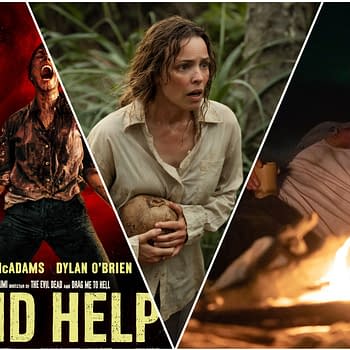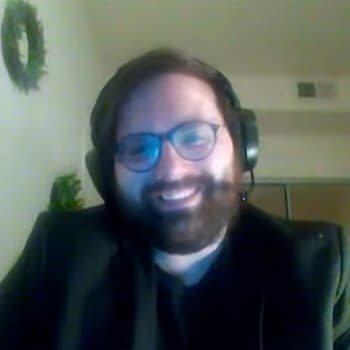Posted in: Exclusive, Interview, Movies | Tagged: Brendan Fehr, dolph lundgren, exclusive, interview, luke wilson, nicky whelan, Saban Films, Scout Taylor-Compton, Shane Dax Taylor, the best man
The Best Man: Brendan Fehr On Filming Action Thriller In A Short Time
Brendan Fehr (The Night Shift) talks to Bleeding Cool about the Saban Films action thriller The Best Man, 10-day shoot, stunts & more.
Brendan Fehr is cognizant of how efficient the Hollywood machine is in his nearly 30 years of experience. Since making his debut in the TV series Breaker High in 1997, the actor's made a name for himself on TV shows like Millennium, Roswell, CSI: Miami, Bones, Wynonna Earp, Better Caul Saul, and The Night Shift. Some of his memorable film roles include Final Destination (2000), X-Men: First Class (2011), and Guardians of the Galaxy Vol. 1 (2014). His latest is the Saban Films action thriller The Best Man, which follows a team of ruthless mercenaries who violently seize control of a remote resort hotel, former Special Ops soldiers attending their best friend's wedding must rely only on their wits and training to combat the terrorists and save the hostages held for ransom. Fehr spoke to Bleeding Cool about getting to work with the ensemble cast, director Shane Dax Taylor and how films can get away with having 10-day shoots.
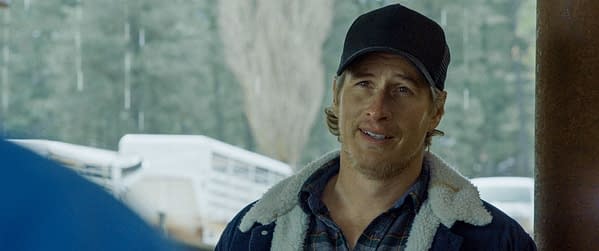
The Best Man: Brendan Fehr on Filming Indie Action Thriller
BC: What intrigued you about The Best Man?
Fehr: Work's always intriguing [laughs], first and foremost. The cast with Luke Wilson, Dolph [Lundgren], I knew Scout Taylor Compton from earlier, so that would be a lot of fun. Ultimately, I get joy out of being on set and trying to create a character, have fun, and learn along the way. It's funny; having been in the industry for almost 30 years, you take movies and television for granted. Not so much as an actor, but people don't realize what it takes to complete something, whether it's a masterpiece or not good enough to go straight to video. To get people together, have a script, gather all those people, and be able to tell a story and put it on film with everything, it is a miracle anything gets done. I realized that doing some of my own projects and you don't know if it's going to be around forever. I'm super appreciative. You always try to pick great projects with great people, but I love acting, the beat on set, collaborating with people and talking about it. You do your thing, and then you get your fingers crossed as to how it turns out in the end because you have no control over that.
How do you break down the set that Shane ran?
We shot this movie in ten days, which is bananas. It's crazy. Given what we were working with, we're in one location, which is a casino, which makes it a lot easier. Given that you're shooting in ten days, it's run, run, run, and you got to know your lines and be on your marks because there's not enough time to "play around with the scene." You got to shoot it and get out. We knew that going in, and that didn't surprise anyone. What you try to do is not that it's chaos, it was well run, and no one's run around like a chicken with their head cut off. There is a sense of urgency to getting what you need to get done for that day. What I tried to do is, with that sense of urgency, let that play into the character, scenes, and everything else while hoping that works.
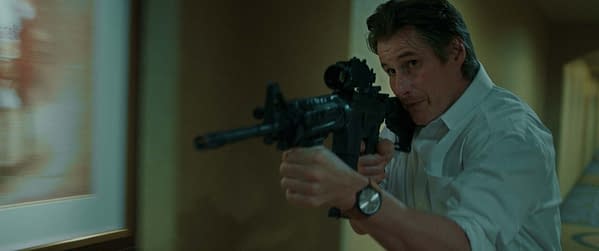
How do stunts work in this indie action film? Does it become more simplified? Is there much time to rehearse?
On this one, there were no rehearsals beforehand. The stunt coordinators got it all figured out, and you learn it on the day right before you shoot the scene. I've done at least one fight movie where I fought quite a lot and then on night shift, there is a couple of scenes where we fought. I had some MMA matches as well. The way I found that was effective to learn to fight scenes on short notice is basically like a phone number, you learn three moves at a time. You learn the first three moves; you get those down. This is what we're doing, and this is the dance. When you get those, you learn the next three. When you get that, you put them together. Once you have got the six, we're going to add another three. You figured that out and tack it on. Learning it kind of three moves at a time simplifies it a little bit. Sometimes it's four depending on how it's choreographed. Essentially learning it in bits and pieces and then putting those together helps.
There's a reason the phone number is divided up that way. If you just put ten digits together, the brain doesn't compute it the same way as, going three, three, and four. That's the way I approach to fight scenes on short notice. We learned them on the day. There wasn't a lot of prep for this, unfortunately, to go over any of that stuff, which is the norm these days for movies. Back in the day, using film was so expensive that everyone had to be prepared. Everyone got their rehearsal, the sound got the rehearsal, everybody. Everything was set up in such a way. As great as digital is press the button, it doesn't matter. You're not wasting any film or anything. What it's done a little bit is everyone goes like, "We don't have to rehearse. We don't have to be as prepared, because we're putting it on a hard drive and not this expensive film that you have to go expose and figure out. A little off-topic is the fact that digital has changed the way sets run a lot of times and what producers expect. Like I said if you asked anybody 15 years ago to shoot a movie in ten days, they would have laughed. It would have been ridiculous. Now it's becoming the norm.

What did Dolph Lundgren bring to the set as an action star presence?
I let the stunt coordinators with this amount of time do their thing since we're not having rehearsals knowing you got to get the scene done. These coordinators figured it out so unless something feels wrong or off, you go with that plan and make a few suggestions here and there based on some ideas. With a guy like Dolph, he's done a lot of them, and he's got his ideas as well. What's funny is, we have these group scenes together, but Dolph and I never interact in the movie, and I don't say a word to him. We only get together at the conclusion of the whole thing. I didn't get to spend a ton of time with Dolph or even Luke. We shot those scenes over the course of two days, then the rest of my time was spent with Scout Taylor Compton, and we're a couple in this film. That was a lot of fun because we spent a lot of time together in between setups, dinners, and lunches talking about what we could do. She was collaborative, which is what you want with an acting partner. It was good that we got along so well, and we buoyed each other in the chaos of it all.
Given the 10-day shoot, was there a particular aspect of production that took more time than expected, or was it ebb and flow to it?
As far as I know, it went as a 10-day shoot does, it's run and gun. Action scenes always take a little bit longer than two people talking across the table. The scenes where you got two or three talking heads, that's where you make up time for all the action sequences, because you've got to do safety meetings, so no one gets hurt. It's impressive between the production, actors, and crew that it all got done in that amount of time.
Written by Taylor, Daniel Zirilli, and C. Alec Rossel, The Best Man also stars Nicky Whelan and Scott Martin. The film comes to theaters, on-demand and digital, on April 21st.







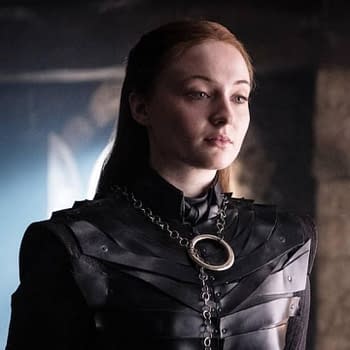



![Stranger Things: Lingering Questions Following the Finale [SPOILERS]](https://mlpnk72yciwc.i.optimole.com/cqhiHLc.IIZS~2ef73/w:350/h:350/q:75/rt:fill/g:ce/https://bleedingcool.com/wp-content/uploads/2026/01/StrangerThings_S5_0728_R.jpg)


